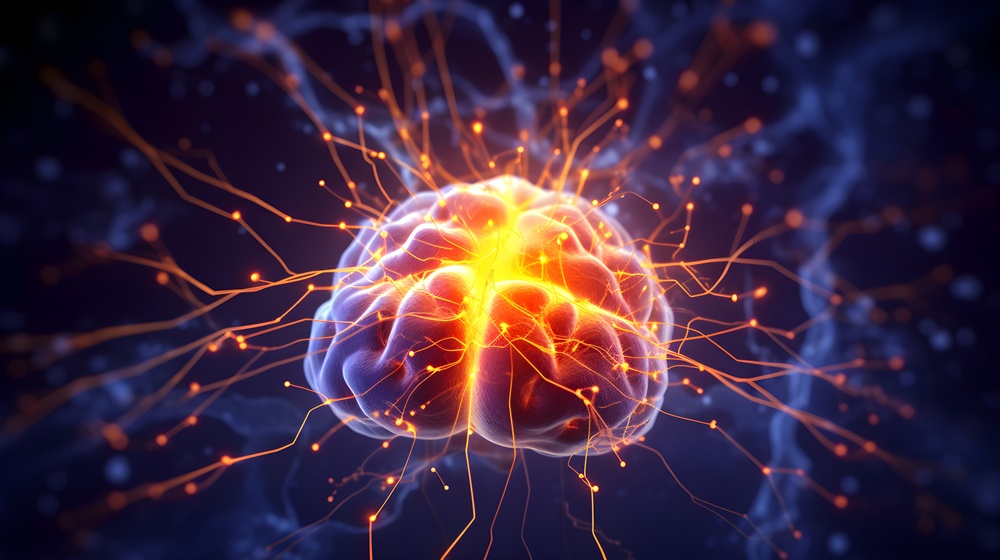Stem cells repair brain damage caused by stroke, study finds

Stem cell injections turned into immature brain cells and improved movement in mice with stroke damage, suggesting the therapy could one day repair lasting brain injury.
The transplanted cells survived for five weeks, developing into neurons – the brain’s communication cells – and forming links with existing brain tissue. They also reduced inflammation and strengthened the blood-brain barrier, the layer that protects the brain.
The results could eventually help patients who have experienced some forms of stroke recover lost functions.
Researchers from the University of Zurich and the University of Southern California reported that most implanted human stem cells remained in place in the mice’s brains.
They developed features of fully functioning neurons and communicated with surrounding cells.
Neuroscientist Christian Tackenberg, from the University of Zurich said: “We found that the stem cells survived for the full analysis period of five weeks and that most of them transformed into neurons, which actually even communicated with the already existing brain cells.”
The team also observed blood vessels self-repairing, alongside improved movement and coordination in the mice – a significant result as strokes can seriously impair motor control.
The study builds on earlier work by some of the same researchers looking at when stem cell injections are most effective after a stroke.
Previous findings suggest the brain needs to have stabilised to a certain extent before transplanted cells can take hold.
While earlier studies have explored similar areas, Tackenberg and colleagues said their analysis provided more detail about whether implanted cells form neurological connections.
Tackenberg said: “Our analysis goes far beyond the scope of other studies, which focused on the immediate effects right after transplantation.”
Currently, brain damage from stroke that destroys cells and affects speech or movement cannot be reversed.
The researchers hope stem cell therapy could one day change that, building on recent progress in fields such as diabetes and vision loss.
But whether the approach could work in human brains remains uncertain and would require longer studies.
A major challenge is ensuring implanted stem cells do not develop beyond their intended purpose.
“It is essential to pursue new therapeutic approaches to potential brain regeneration after diseases or accidents,” said Tackenberg.
“Our findings show that neural stem cells not only form new neurons, but also induce other regeneration processes.”










